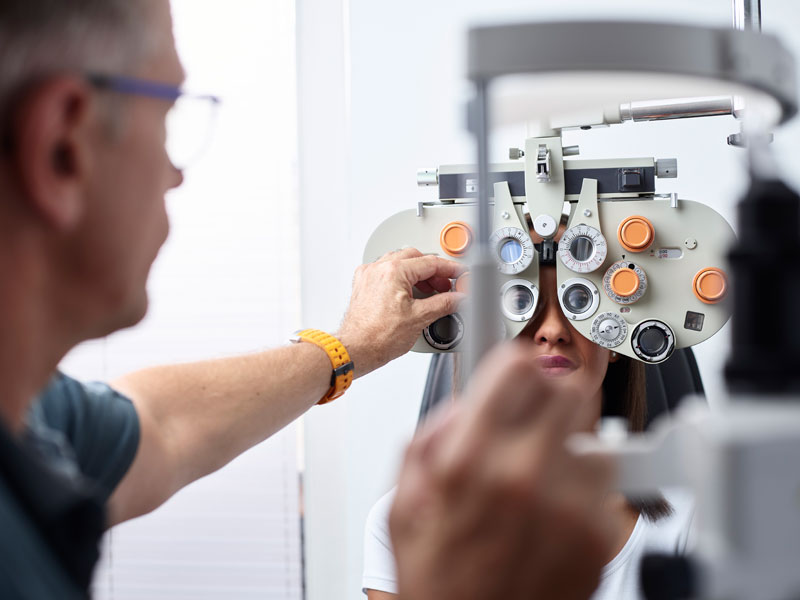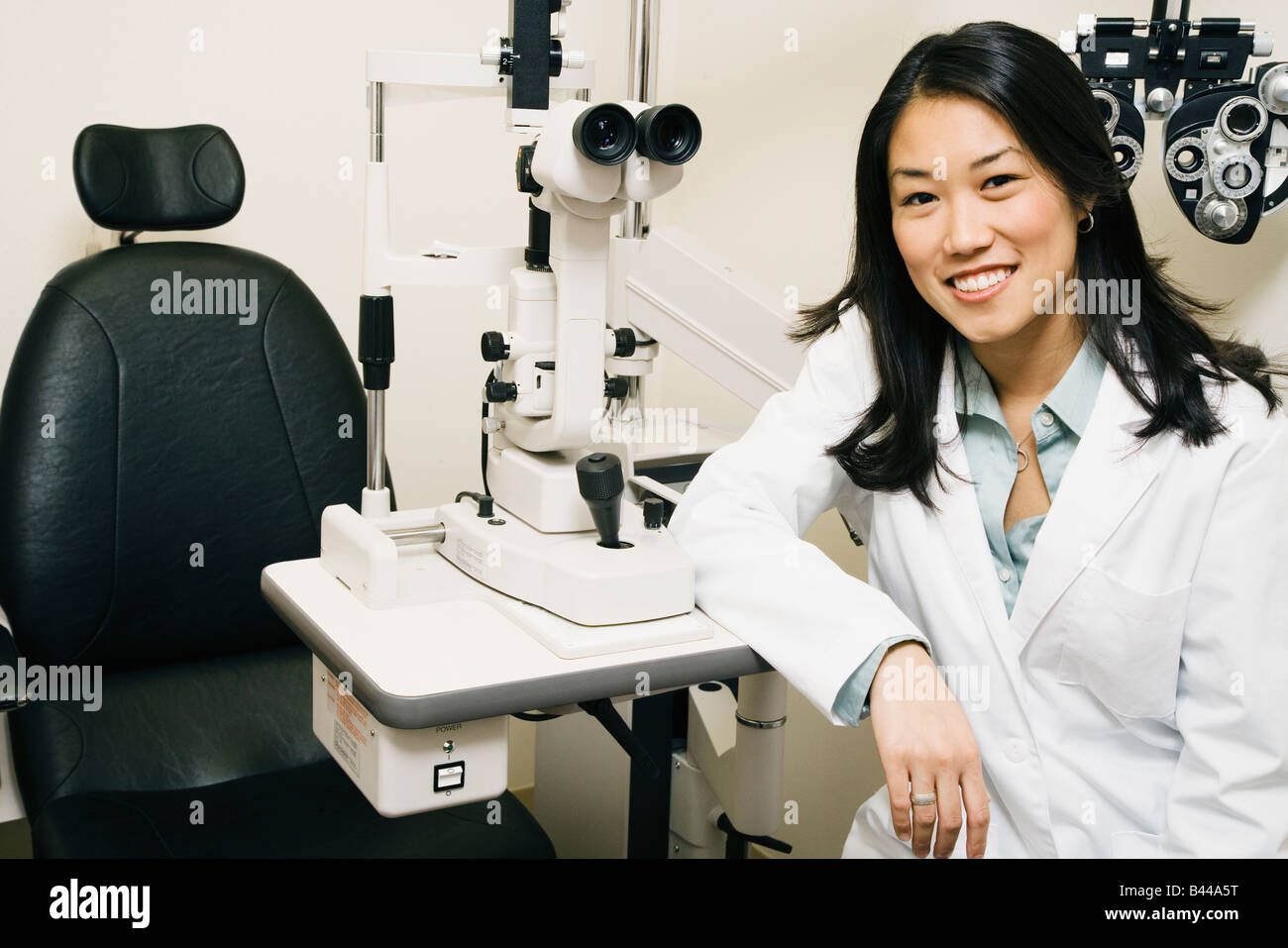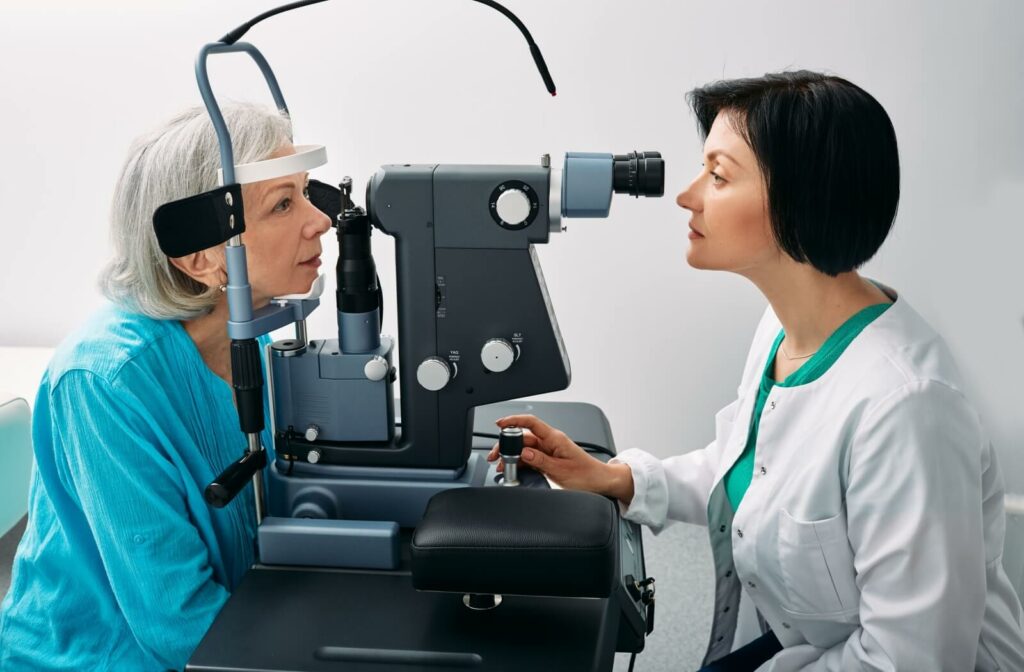Why Selecting an Eye Doctor Optometrist is Necessary for Your Eyes
Why Selecting an Eye Doctor Optometrist is Necessary for Your Eyes
Blog Article
Discovering the current Technical Innovations in Optometry and What They Mean for Eye Doctors
In the ever-evolving field of optometry, recent technological improvements are reshaping exactly how specialists come close to eye treatment. From the precision of Optical Coherence Tomography to the nuanced insights provided by AI-driven analysis devices, these technologies are setting new standards in individual assessment and therapy. Teleoptometry is poised to redefine ease of access, guaranteeing that competence transcends geographical constraints. As these advancements penetrate the technique, optometrists are encountered with the difficulty of welcoming these devices to boost patient outcomes. Yet, the inquiry stays: how will these technical shifts redefine the duties and responsibilities within the occupation?
Developments in Diagnostic Equipment
Progressing the area of optometry, developments in diagnostic devices have actually changed the means eye care specialists analyze and diagnose visual impairments and ocular conditions. The past years has actually witnessed significant technical innovations, enabling more detailed and exact analyses. Optical Comprehensibility Tomography (OCT), for instance, offers high-resolution cross-sectional photos of the retina, permitting the early discovery of illness such as glaucoma and age-related macular degeneration. This non-invasive imaging method has ended up being important in contemporary optometric practice.
Another secret innovation is the intro of advanced corneal topography systems, which map the surface curvature of the cornea with accuracy. These devices are specifically helpful for fitting contact lenses and identifying corneal disorders. Digital retinal imaging has transformed conventional ophthalmoscopy, offering thorough, panoramic views of the retina that promote comprehensive visual evaluations.
The development of wavefront aberrometry has also been critical, allowing the analysis of refractive errors with unparalleled accuracy (Eye Doctor Optometrist). This innovation assists in tailoring rehabilitative lenses and boosting medical results for refractive surgical treatments. Collectively, these diagnostic innovations encourage eye doctors to provide remarkable person care, guaranteeing very early intervention and customized therapy approaches, eventually improving visual health outcomes
AI in Patient Monitoring
Building on the foundation of innovative analysis devices, the incorporation of man-made knowledge (AI) in client administration stands for a transformative leap for optometry. AI systems are increasingly used to improve performance, precision, and customization in person treatment.
Furthermore, AI-driven platforms help with streamlined individual interactions and administrative processes. Automated scheduling, virtual consultations, and individualized follow-up plans not just enhance person complete satisfaction but also optimize time monitoring for practitioners. These systems can triage clients based upon the necessity of their problems, ensuring that those in important demand receive timely interest.
Furthermore, AI enhances decision-making by giving optometrists with evidence-based referrals and treatment paths. By incorporating data from digital health and wellness records, AI tools provide insights that notify scientific choices, minimizing the risk of errors and improving individual end results. As AI proceeds to develop, its duty in client management will likely broaden, improving the landscape of optometric treatment.
Advances in Retinal Imaging
In the world of optometry, retinal imaging has seen impressive technological developments that are boosting diagnostic capacities and person care. Advancements such as Optical Coherence Tomography (OCT) and fundus digital photography have revolutionized how eye doctors visualize and analyze the retina. OCT, in specific, offers high-resolution, cross-sectional photos of the retina, enabling the comprehensive evaluation of its layers. This capability is very useful for early detection and monitoring of problems like glaucoma, diabetic retinopathy, and age-related macular deterioration.
Improved imaging methods like OCT angiography are more refining diagnostic accuracy. This non-invasive method maps blood flow in the retina, using vital understandings into vascular health without the demand for dye shots. Furthermore, adaptive optics innovation is being incorporated right into retinal imaging systems to fix eye aberrations, supplying extraordinary photo clearness. Such improvements help with the recognition of minute retinal modifications that might symbolize condition progression.
Additionally, developments in fabricated knowledge are augmenting retinal imaging by making it possible for automated analysis of large datasets. These systems aid eye doctors in identifying patterns a sign of pathology, therefore enhancing analysis accuracy and performance. Jointly, these technologies are transforming retinal imaging into a cornerstone of contemporary eye care, boosting results and increasing therapeutic possibilities.
Teleoptometry's Expanding Function
Teleoptometry is increasingly becoming an important component of eye care, driven by innovations in data and diagnostic tools. As optometry welcomes digital makeover, teleoptometry facilitates remote examinations, enabling optometrists to expand their solutions beyond typical boundaries. This is specifically valuable in underserved and country locations where accessibility to specialized eye treatment is often minimal. By leveraging high-resolution video conferencing and advanced retinal imaging, eye doctors can conduct thorough eye exams from afar, making certain prompt diagnosis and treatment.
The assimilation of expert system (AI) more enhances teleoptometry, allowing the evaluation of visual information and aiding in the detection of eye problems such as glaucoma and diabetic person retinopathy. AI-powered algorithms can quickly analyze complex imaging data, providing eye doctors with important understandings that boost professional decision-making.
Moreover, teleoptometry sustains connection of care with seamless combination with digital health helpful hints and wellness documents (EHRs), enabling optometrists to keep thorough patient histories. When seeking advice from with various professionals., this guarantees that clients obtain customized and consistent care even.
Regardless of these advantages, obstacles stay, including making sure information security and handling patient assumptions. However, teleoptometry represents a substantial stride towards even more available, reliable, and patient-centered eye care. As innovation advances, its role is poised to broaden further.

Future Fads in Eye Treatment
A myriad of innovative patterns is set to reshape the future of eye care, driven by technological innovations and the developing needs of people. One significant trend is the assimilation of fabricated knowledge (AI) in diagnostics, which promises to boost the accuracy and effectiveness of eye exams. AI algorithms can assess large amounts of information from retinal photos, possibly identifying problems like diabetic retinopathy and glaucoma earlier than typical techniques.
Additionally, customized medicine is acquiring grip in optometry, with hereditary screening informing personalized therapy plans. This technique aims to enhance client outcomes by tailoring treatments to private hereditary accounts. Wearable technology, such as clever call find lenses, is also coming up, offering real-time monitoring of intraocular pressure or glucose levels, therefore providing continual understandings into systemic and ocular health and wellness.
The fostering of increased reality (AR) and digital fact (VR) in training and person education and learning is one more arising fad. These modern technologies supply immersive experiences that can improve understanding and abilities both for patients and eye doctors. As these trends develop, eye doctors should stay abreast of technological innovations to give innovative treatment, guaranteeing improved client results and complete satisfaction in the dynamic landscape of eye care.
Final Thought

Jointly, these diagnostic advancements encourage optometrists to supply exceptional person treatment, more tips here ensuring very early intervention and tailored therapy approaches, ultimately enhancing aesthetic health and wellness end results.

As these innovations continue to advance, optometrists must adapt and include them into method, ultimately optimizing process performance and raising the criterion of eye treatment supplied to individuals.
Report this page